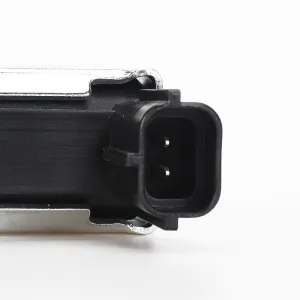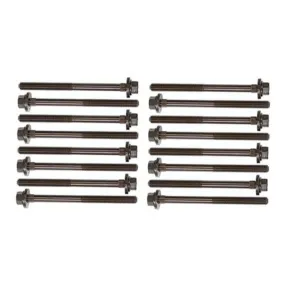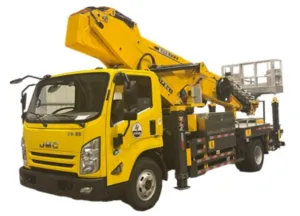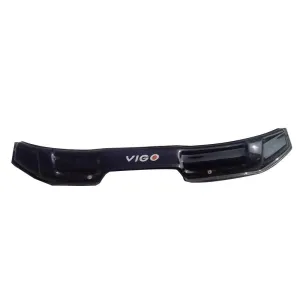Those inspections for self-driving travel
First, the preparatory work before departure.
The first thing to do before a self-driving trip is to conduct a comprehensive inspection of the vehicle. And timely repair and deal with the problems found, do not start with the problems. If the car has not been maintained for a long time and there is no obvious fault, you can check it yourself. The main aspect of self-examination is five oils and three waters. The traditional five-oil and three-water generally refers to fuel oil, engine oil, gearbox oil, brake oil and booster pump oil, and water generally refers to antifreeze, glass water and battery electrolyte. Now vehicles generally use electric power and maintenance-free batteries, so we generally check fuel, oil, gearbox oil, brake oil and antifreeze, glass water. Not only check that the oil and water is adequate, but also prepare some spare fuel, oil, antifreeze and glass water in the trunk for a rainy day. In addition, we should pay attention to the aging degree of the tire. If the wear is excessive or the crack is serious, you can replace the new tire, and the state of the spare tire also needs to be concerned. Some riders think that if the spare tire has not been used, there will be no problem. The shelf life of rubber products is generally 3-5 years. Even unused tires will age after more than a certain failure, air leakage and other phenomena will occur. So the spare tire must be checked before the self-driving trip. In addition, you can prepare inflatable pumps, tire fluid and other equipment in case of tire damage and air leakage during the self-driving trip. In addition, the braking system and chassis suspension of the vehicle should also be inspected, and if the brake is not effective, the vehicle chassis suspension should be repaired in time, and the chassis suspension should also be fully inspected to check the fastening of the chassis suspension screw and whether there is oil leakage in shock absorption. and if the vehicle runs wrong, it is necessary to carry out four-wheel positioning. With regard to the inspection of brakes and chassis, it is generally difficult for us to check ourselves. If the vehicle is close to the maintenance mileage, we can carry out a routine maintenance before departure and entrust the construction master to carry out a comprehensive inspection.

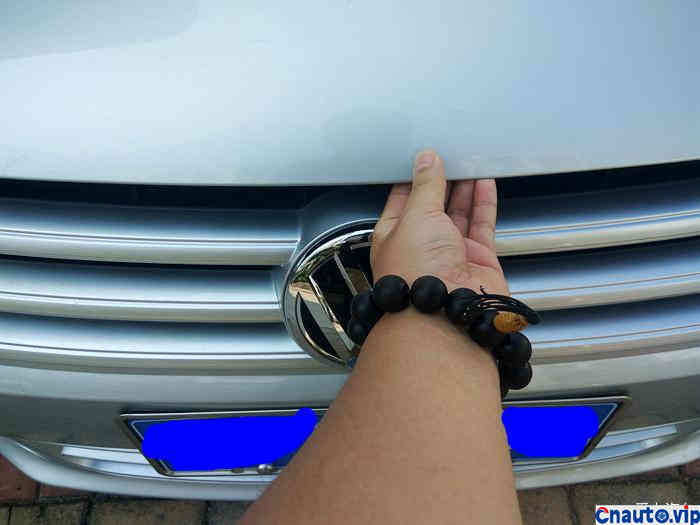
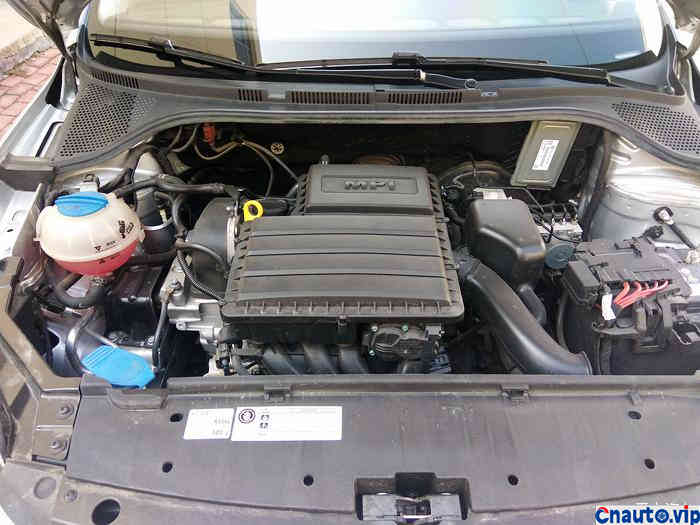

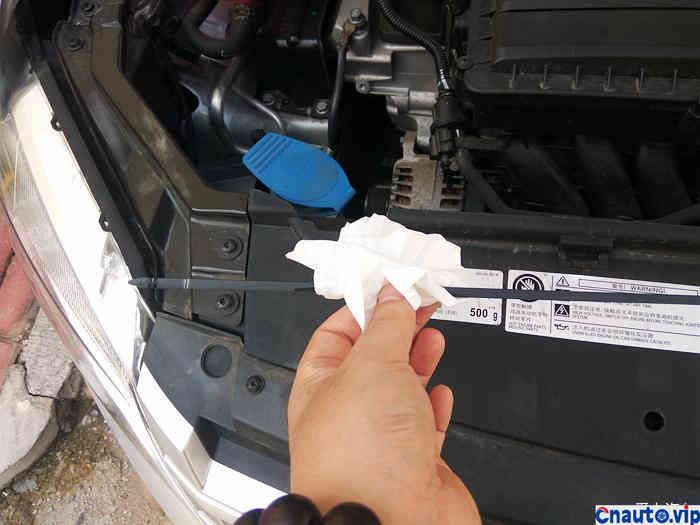
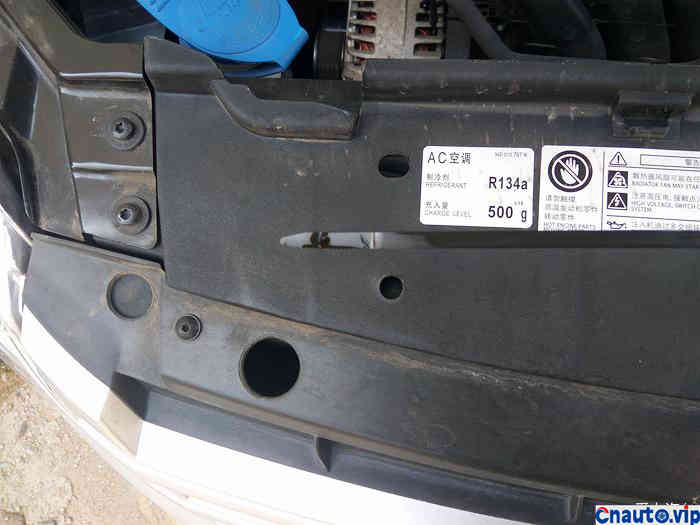




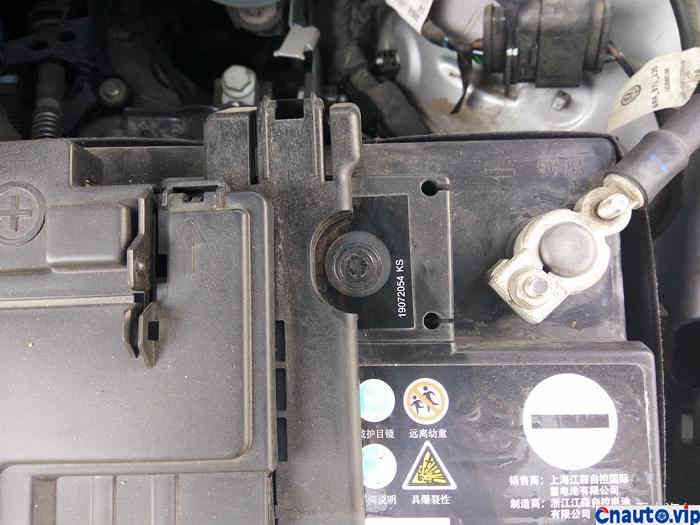
The black needs to be recharged and the white one needs to be replaced. I use the black one all the time when I pick up the car.
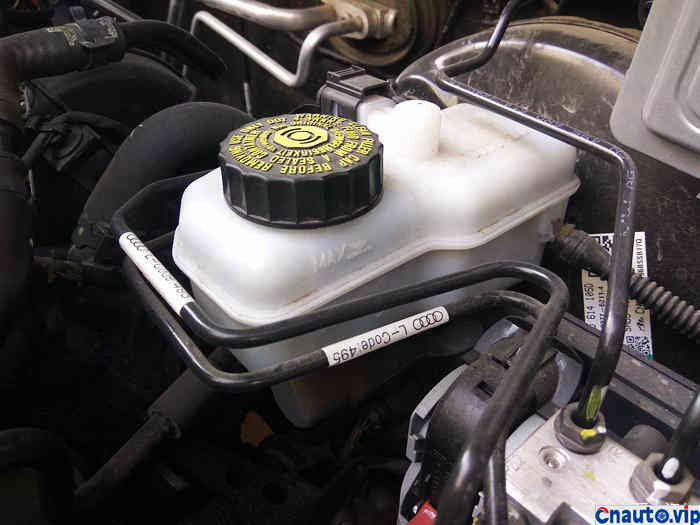

After checking the condition of the car, you can plan the travel route, and you can choose the highway or the national highway according to your chosen destination, but it is generally recommended to take the highway, because the provincial highway and the national highway are mostly open roads. motor vehicles and non-motor vehicles mixed traffic, complex road conditions, more branch road exits, more prone to various problems. Although the choice of highway needs to pay tolls, the road condition is good, and fast speed can save time and prevent unnecessary problems. In addition, it is still quite convenient for small vehicles to enjoy free passage on large holidays. It should be noted that when the traffic is free, there are more vehicles on the highway, so you can pay more attention to the traffic information, and you can choose to get off the highway in advance when the congestion time is long. In addition, more attention should be paid to the items that need to be prepared with the car, and the first thing to prepare is food and water, so as to prevent there is no place to replenish food and water when there is a traffic jam on the highway. In addition, you can prepare small blankets or summer quilts to protect the elderly and children from catching cold when turning on the air conditioner for a long time. In addition, we need to prepare some anti-carsickness, treatment of colds, diarrhea, pain and bleeding medicine, in case of emergency. In addition, we also need to prepare clothes, the weather is changeable, prepare more clothes can effectively prevent a cold.
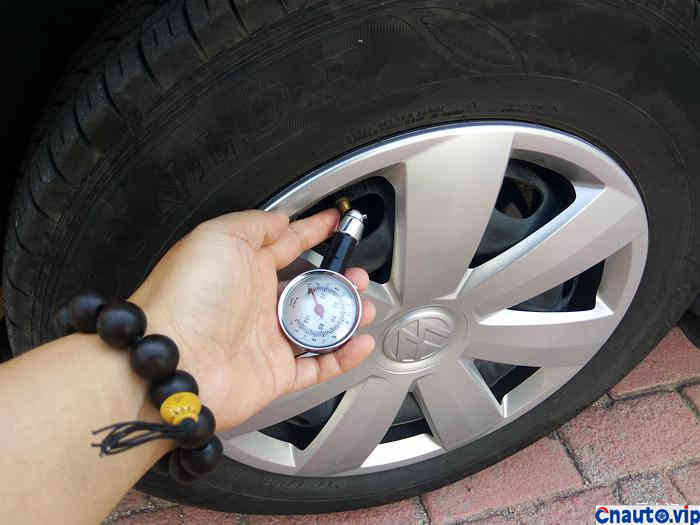


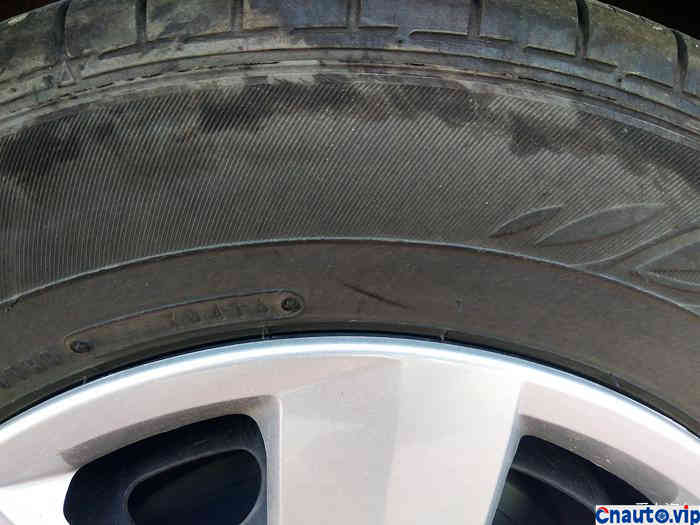

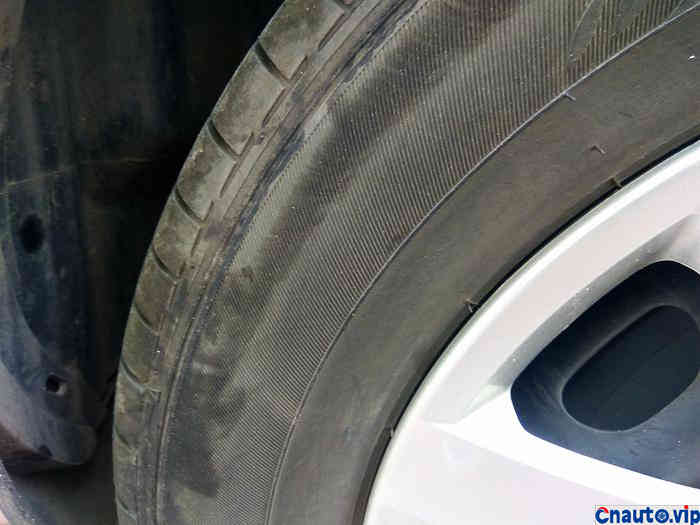


There are likely to be some unexpected situations during the self-driving tour. For example, scratches between vehicles, flat tires, congestion on highways, etc., don’t panic at this time, you can coordinate and deal with them in a timely manner. For example, if the damage to both vehicles is not serious and the vehicles can continue to drive, they can get off the highway for negotiation. If it is particularly slight, they can take insurance after coming back, and do not stop for a long time on the highway. Negotiate to solve these small problems. Let’s talk about a tire puncture. A tire puncture is a relatively dangerous situation. If a tire puncture occurs on the highway, don’t panic, let alone slam the steering wheel and emergency brakes. You can hold the steering wheel with both hands, keep the vehicle straight, and slowly brake to reduce the speed. After the speed drops to a certain extent, try to stop the vehicle in the emergency stop lane for maintenance. When handling parking on the highway, be sure to place a triangular warning sign 150 meters behind the vehicle. The vehicle turns on the double flashing lights, and the passengers in the vehicle get off the bus and move outside the highway guardrail to wait for maintenance. If there is congestion on the highway, you can maintain enough safe distance and wait for the traffic police to clear it. Never occupy the emergency lane to overtake and move forward. This is a violation of traffic regulations. If a vehicle misses the crossing, it can drive out of the highway at the next crossing. Don’t take a chance to reverse or continuously change lanes on the highway. This is a very dangerous behavior. In addition, it is important to note that you must not drive tirelessly. It is recommended that you go to the service area to rest every 2 hours or so. If you have a long self-driving journey, it is recommended that 2-3 drivers replace the driving vehicle. If you encounter heavy fog or heavy rainfall while driving on the highway, you need to slow down. When the visibility is low, you can drive off the highway as soon as possible to avoid it. Don’t park and wait on the highway unless you have to. When visibility is low, parking and waiting in emergency parking lanes is also dangerous.
A self-driving journey is fun, but the work and precautions that require preparation are essential. Only by making comprehensive preparations can we set off happily and return safely. Enjoy a pleasant journey. That’s all I know about the preparations and common questions about self-driving tours. There are still many shortcomings. I hope that drivers who have experience in this area can share their experiences and let us all master it together to make everyone’s self-driving tour safer and happier!!!

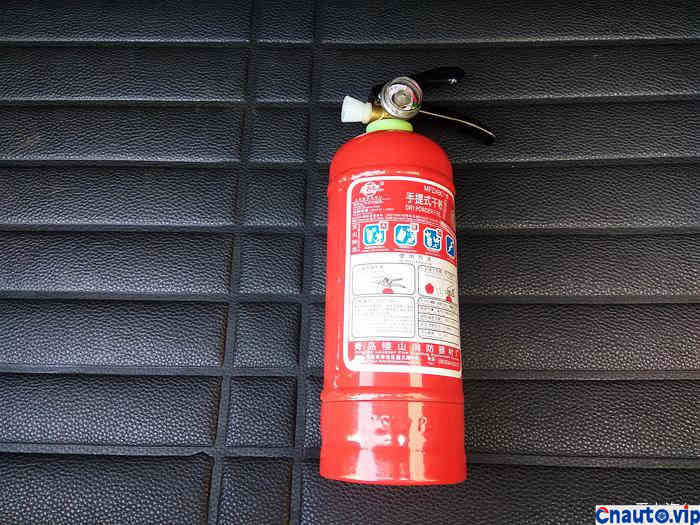
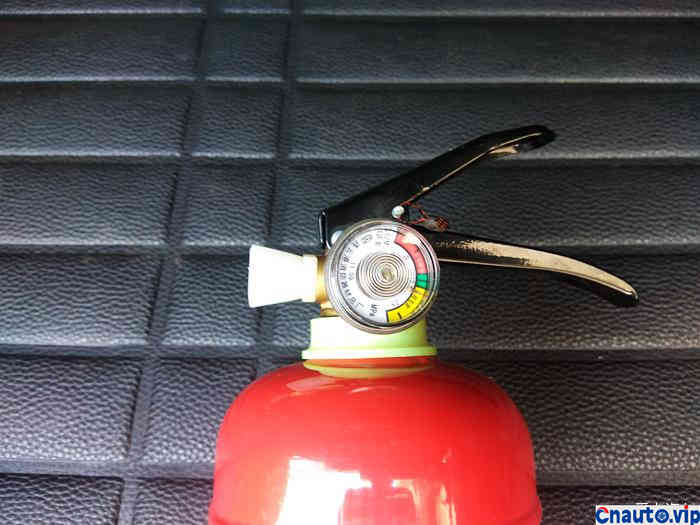

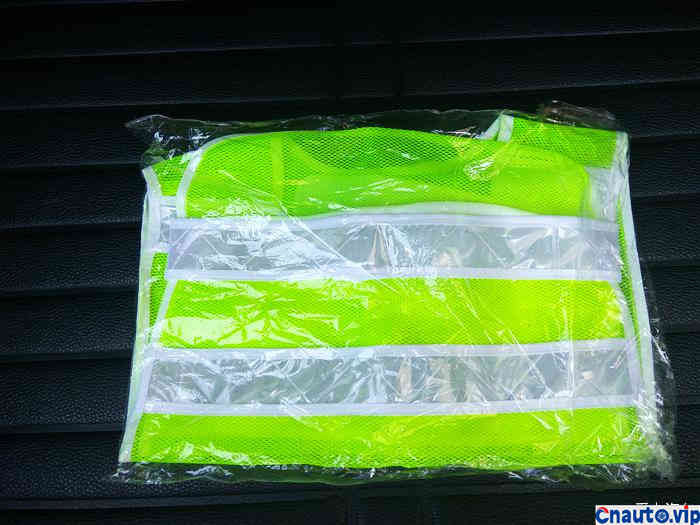
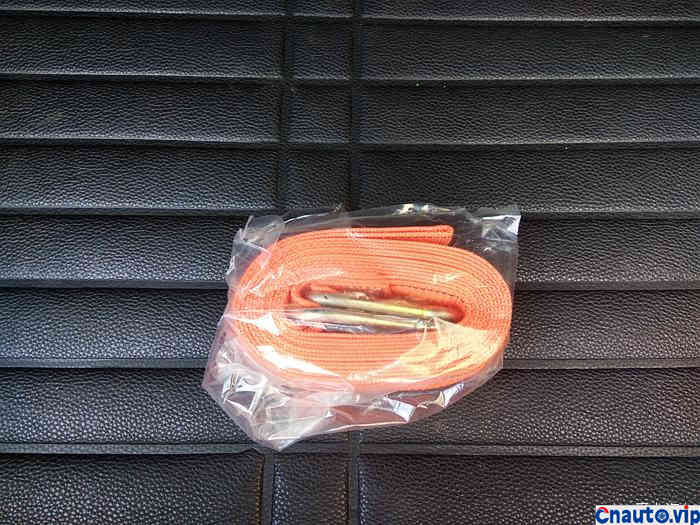

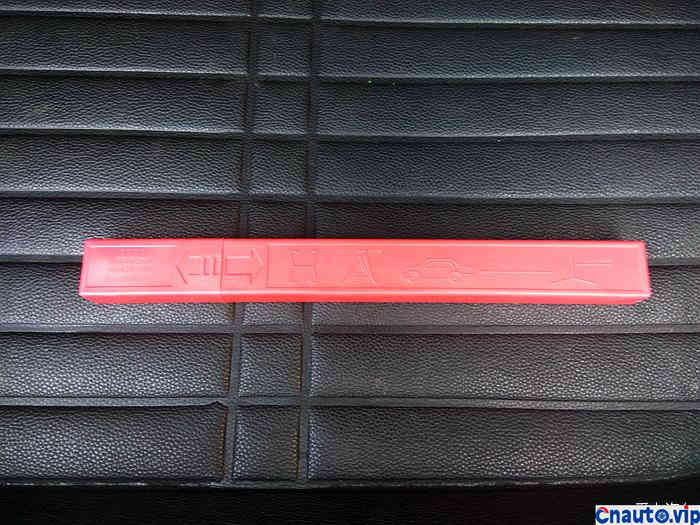
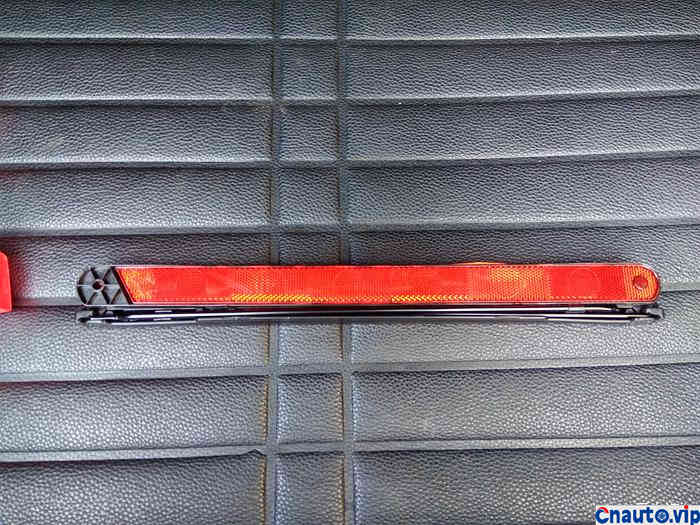


Recommended Suppliers
 April 1, 2024
April 1, 2024 
 March 27, 2024
March 27, 2024  March 27, 2024
March 27, 2024 




